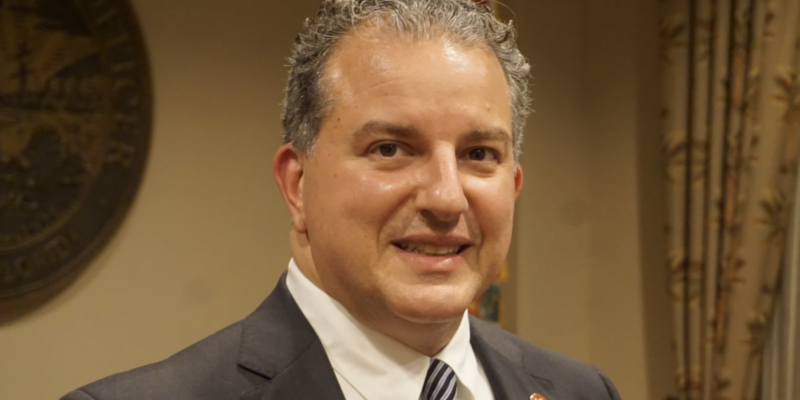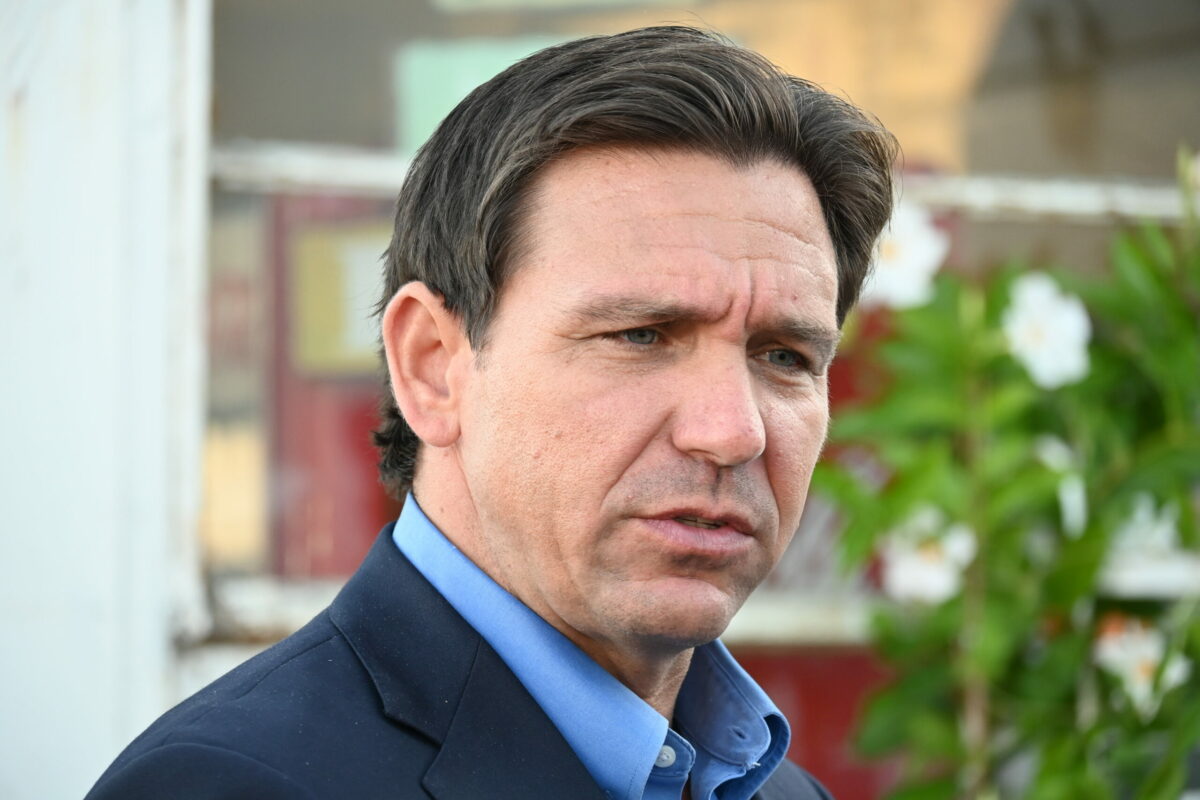After six fires caused by electric vehicles erupted during Hurricane Helene, Chief Financial Officer Jimmy Patronis is blasting proponents of the compromised cars—imploring the "cronies" to come to Florida and "have a look-see."
Saltwater storm surges brought by the Category 4 Helene doused homes, buildings, and, yes—electric vehicles with lithium-ion batteries. 16 fires related to lithium-ion batteries broke out statewide, six of which were from electric cars, because saltwater and lithium-ion batteries do not mix; they explode.
Patronis, who is also a Republican and the State Fire Marshal, scathed two prominent politicians for supporting electric vehicles: former U.S. climate diplomat and Secretary of State John Kerry, and environmentalist and almost-president Al Gore.
"Every time a house burns and a firefighter puts his or her life at risk for a compromised [electric vehicle or plug-in electric vehicle] that was subsidized by taxpayers, John Kerry, Al Gore and their ESG [Environmental, Social, and Governance] cronies should be forced to go out there and have a look-see," Patronis posted on X Thursday morning, referring to a type of investing, ESG, that involves taking climate impact and staff diversity into account.
Gov. Ron DeSantis and his allies have hailed it as a "woke" capitalism zeroing in on liberal goals over investor returns, ABC reported.
Electric cars, such as Elon Musk's Teslas (despite Patronis' EV chagrin, Musk is a newly-announced Trump supporter), aren't the only vehicles with lithium-ion batteries. Electric vehicles like scooters, golf carts, and hoverboards also use them, though their decreased size poses less of a massive fire threat than that of a car.
The first electric car released to the market was the 2008 Tesla Roadster, but it wasn't until 2012 that Teslas began to sell off the shelves with the Model S. In 2020, the Tesla Model 3 became the best-selling plug-in EV worldwide. So, because of the relative novelty of EV usage and storage, Patronis marked that there were not enough warnings for consumers on how to avoid lithium-caused fires.
"Unfortunately, prior to Hurricane Helene making landfall, we did not see a lot of proactive measures by manufacturers in notifying customers in storm surge areas to relocate their vehicles," he said at a Gov. DeSantis press conference Wednesday afternoon. "It's not too late for these manufacturers to send out notifications and fire safety information directly to their consumers and I'm encouraging these companies to provide solutions immediately to help protect Floridians.
"These compromised vehicles and devices are ticking time bombs," he continued, pointing out that lithium battery fires cannot be put out with water, and the devices cannot be disposed of in a normal car lot or trash bin.
Putting out lithium-ion battery fires is not the easiest: to put out a smaller one, classified as a Class B fire, a dry chemical or ABC fire extinguisher would be sufficient. For a larger lithium battery fire, use a foam extinguisher containing CO2, powder graphite, ABC dry chemical, or sodium carbonate.
If it doesn't extinguish, put it somewhere where it can burn out safely—perhaps by encircling the surrounding area with fresh water so the fire can't spread.













